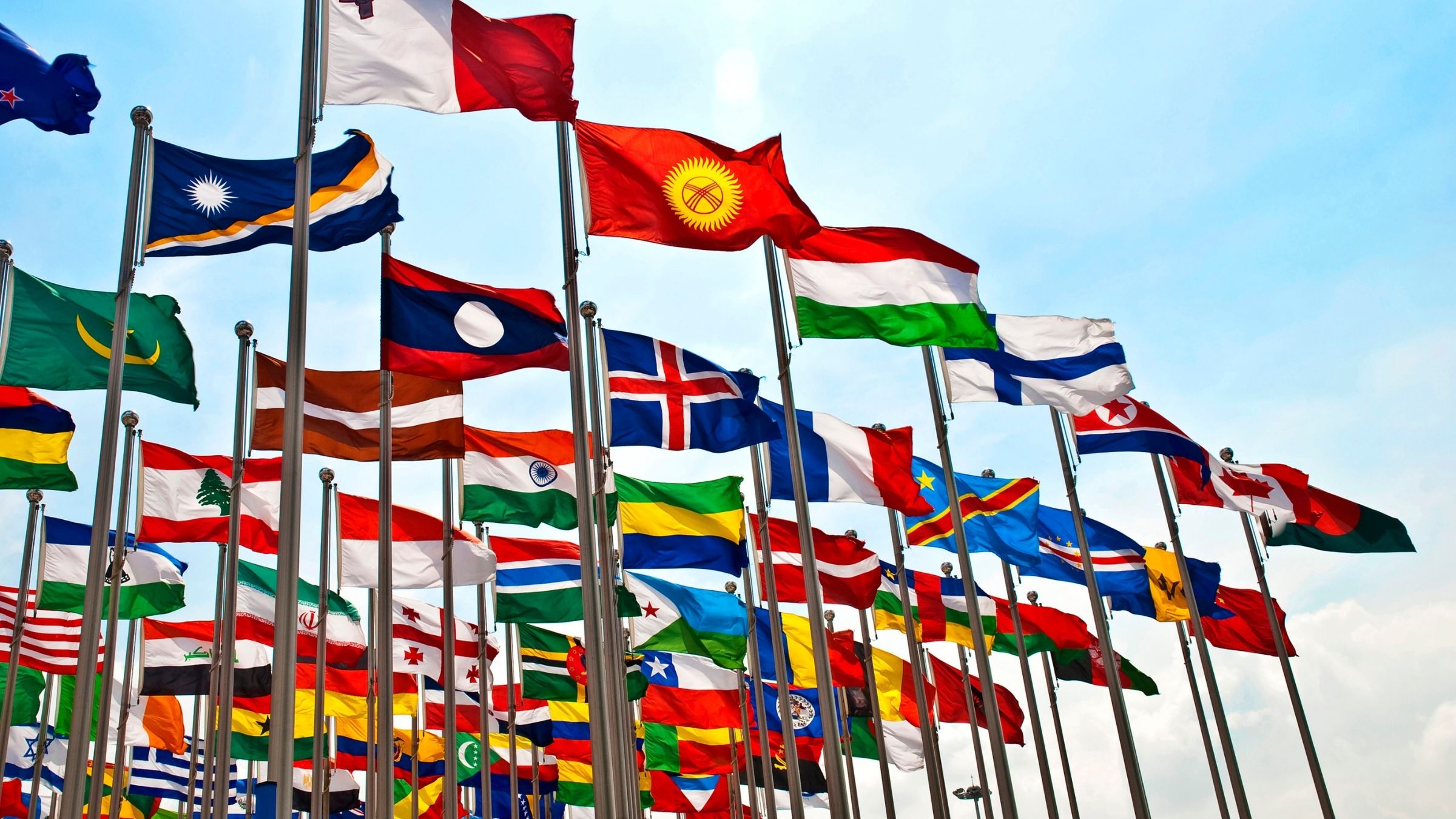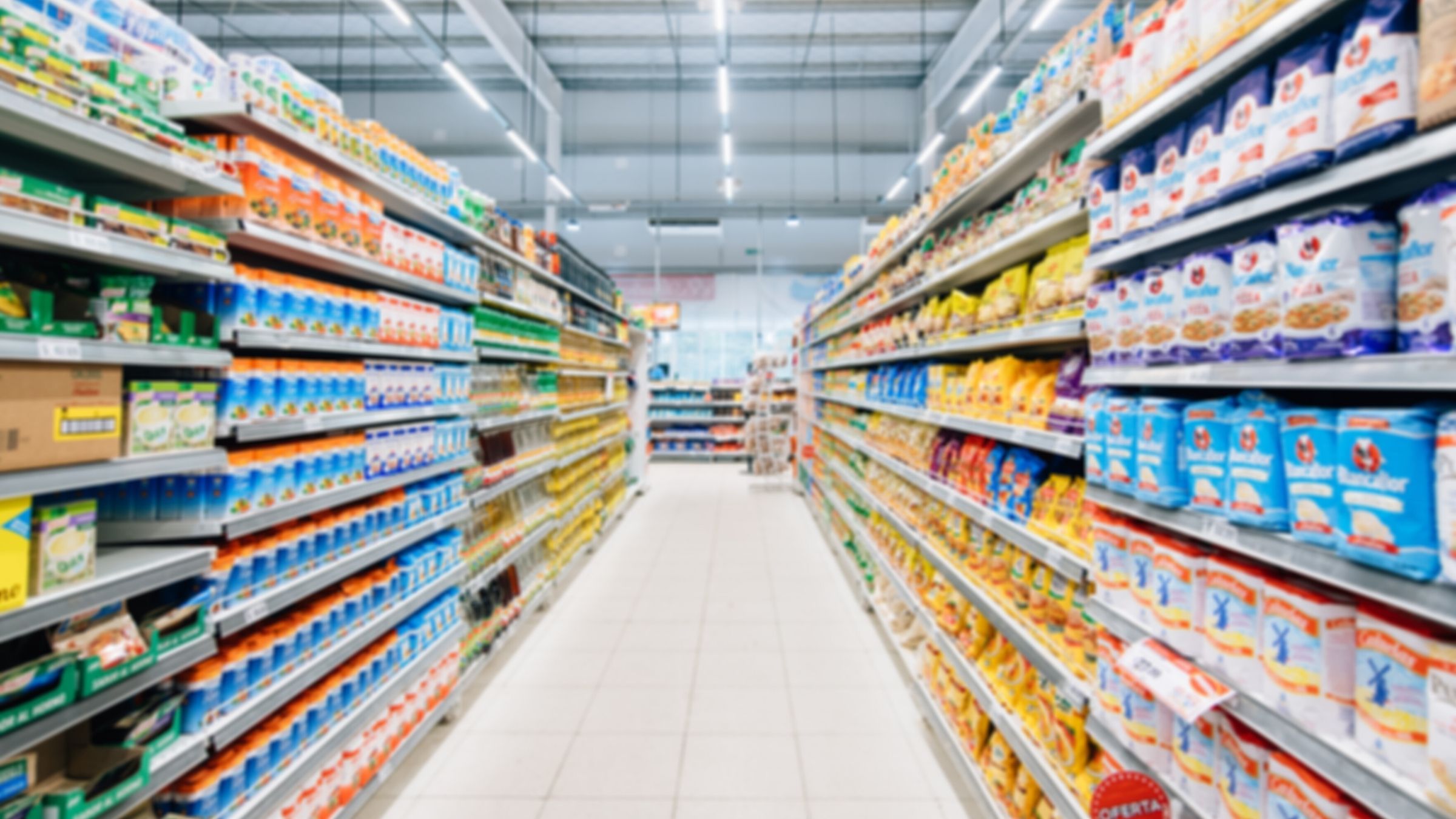
Euromonitor reports that in 2021, the Honduran economy expanded in real terms, driven by increasing domestic consumption, public investment and external demand. However, the persisting pandemic-related risks, supply constraints and global inflationary pressures raise uncertainty and weigh on the country’s economic outlook.
The 2022 Honduran population is 9.4 million (CIA World Factbook Est.). Honduras' population growth rate has slowed since the 1990s and is now 1.2% annually with a birth rate that averages 2.1 children per woman and more among rural, indigenous, and poor women. Honduras' young adult population - ages 15 to 29 - is projected to continue growing rapidly for the next three decades and then stabilize or slowly shrink. The 2022 median age is 24.4 years. Population growth and limited job prospects outside of agriculture will continue to drive emigration. Remittances represent about a fifth of GDP.
Honduras is one of the main centers of clothing “assembly for export”, or maquiladoras. By volume, it is the world’s third-largest exporter of clothes to the U.S. and its economy is especially reliant on textiles and clothing production – almost all of which goes to the U.S. Other industries include sugar, coffee, bananas, textiles, prawns, and wood products. The manufacturing sector employs over 13% of the workforce. Honduras has a relative abundance of natural resources. These include timber, gold, silver, copper, lead, zinc, antimony, coal, and fish.
USDA’s Office of Agricultural Affairs (OAA) in Tegucigalpa reports that the United States is Honduras’s main trading partner in total trade and in agricultural products. U.S. agricultural exports increased with the implementation of the Dominican Republic-Central America-Free Trade Agreement (CAFTA-DR) in 2006. Most U.S. agricultural products have duty-free access to Honduras. In 2021, total U.S. agricultural, fish, and forestry exports to Honduras were US$1.1 billion a staggering increase of 46% 2020 despite the COVID-19 pandemic. Honduras is the 2nd largest market for U.S. exports of these products.
In 2021, Honduras imported about $1 billion of consumer-oriented products from the world. The United States had a leading 48% (US$480 million) market share. That was a new record high for the market and made them the 3rd largest market in the region for consumer food exports. Honduras is also the 3rd largest export market in Central America for processed food products from the U.S., importing US$357 million from the U.S in 2021, more incredible growth of 58%.
Top processed food exports to Honduras in 2021 included:
In 2021, U.S. export levels to Honduras were the highest since at least 1970 for the following categories: alcoholic beverages, processed/prepared dairy, condiments, sauces, jams & jellies, processed vegetables & pulses, non-alcoholic beverages, snack foods, pasta & processed cereals & canned, dried, frozen fruit.

“All of Food Export’s programs were a tremendous help getting us export ready, understanding the challenges that come with international business, and learning how to navigate them.”
Katz Gluten Free
Food Export-Northeast Participant since 2018
Euromonitor has estimated that the retail sales of packaged food products in Honduras will reach over US$1.8 billion in 2022. This also represents an increase of US$451 million or 33.3% from 2018. They also forecast the packaged food market to grow to US$2.4 billion by 2026, an increase of US$640 million and 35.5% from 2022.
High growth categories in the forecast include:
FAS Tegucigalpa reports that Honduras's retail food sector is by far the largest market for imported food. Retail sales of imported consumer-oriented products are conducted mostly by supermarkets, mini-markets, and convenience stores. The supermarket retailing industry is growing rapidly. Supermarkets have opened stores in various medium and large urban locations and most populated cities in the country. Most of the regularly employed population takes advantage of promotions and buys their food at these supermarkets. Many supermarket chains are also expanding, remodeling, and modernizing.
Easter, besides being a religious holiday and “Semana Morazanica” a Honduras national holiday are also “vacation" time for most Hondurans. These vacation periods begin well before and extend beyond the two to three-day holidays. Christmas gift baskets are also increasingly popular. In recent years, it has become common to include a high percentage of U.S. products in these baskets. Most included are traditional favorites such as candy, nuts, whiskey, and wines. Easter, Semana Morazanica, Christmas, and Mother’s Day are the main peaks for retail sales. By law, in June and December of every year, the government and private sector must provide a bonus to their employees. This bonus is equivalent to a month’s salary. Many families make special purchases or buy high quality products at this time of the year.
Various marketing approaches could be developed for the different sectors. It is always important to appoint a local distributor in Honduras who can provide a good market presence. However, many U.S. suppliers are discouraged by small initial volumes, and do not provide the needed support. U.S. exporters looking to establish and maintain a share of the market should be willing to go the extra mile in developing sales from the ground up and servicing their growing markets.
They should work with their customers to satisfy local manufacturing and expiration date requirements and provide their customers with competitive pricing, credit alternatives, catalogs, and samples to test the market. They should be willing to consider sharing advertising costs for launching new brands. Moreover, they should be willing to provide technical and sales support, as well as training in various areas such as category management, merchandising, and product handling. There are franchises owned by the same company, which makes it easier to approach a wide market.
FAS Tegucigalpa reports that the retail sector in Honduras is dominated by three supermarket chains: La Colonia, PriceSmart, and Walmart (Paiz/Maxi Despensa). The supermarket retail industry is rapidly expanding with new stores throughout the country. The entry of wholesale clubs has pushed supermarkets to conduct more aggressive advertising and discount promotions of U.S. products. Weekly ads in national newspapers always include U.S. products.
Supermarkets and wholesale clubs account for the largest sales volume of consumer-ready (canned, preserved, processed, frozen, and chilled) food products. Sales of fresh fruits and vegetables continue to increase, as improvements in cold chain technology allow for longer shelf life of perishable items, including sausages, hams, pork cuts, and other deli meat products.
Euromonitor reports that the number of convenience stores rose over the last few years as this format appeals to the way Hondurans shop. Convenience stores such as Pronto and Circle K are certainly being well embraced by the population and are growing. These two companies are also forecourt retailers, aligning themselves with petrol stations, in order to boost their sales, especially the Pronto franchise. Discounters are also a growing format, particularly the Maxi Despens and La Despensa Familiar brands, both of which are part of the Wal-Mart group.
Best Product Prospects:
FAS Tegucigalpa reports that U.S. products with high potential in the Honduran food market include prepared foods, condiments and sauces, snack foods, pork and products, processed vegetables, dairy, wine and beer, poultry meat and products and chocolate and cocoa products.
The Honduran Chamber of Tourism (CANATURH) estimates the tourism sector lost US$1.3 billion and about 100,000 jobs in 2020. In addition, The Economic Commission for Latin America and the Caribbean (ECLAC) reported that hurricanes Eta and Iota damaged tourism infrastructure valued at US$107 million in November 2020. The one-two punch impact of the pandemic and the hurricanes, coupled with delayed vaccination efforts made recovery in 2021 very limited so far.
The industry is expected to fully recover by the end of 2022. Because of the COVID-19 pandemic changes in consumer behavior, the hotel industry had a limited number of new projects focused on rural tourism with cabins, bungalow-type resorts, ecological type hotels and resorts, apartment-hotels, hostels, and inns. No major urban hotel projects are currently under constructio
Before the COVID-19 pandemic, Honduras had a large number of U.S. fast food and casual dining franchises with more than 345 establishments in three major cities. The pandemic forced several U.S. franchises (Carl’s Jr., Uno Chicago Grill) out of business nationally while others (Subway) have lost presence in Tegucigalpa. The U.S. franchises need raw materials, and the local market cannot always fulfill their needs. Also, some of the franchise agreements require U.S. raw materials as part of the contract.
Best Product Prospects:
FAS Tegucigalpa reports that high value products offer good market opportunities in Honduras, especially ready-made or convenience food, wholesome and healthy products. A list of favorite imports from the foodservice sector includes pre-cooked potatoes, snacks, frozen or ready-made food, seafood, cheese, vegetable oil, frozen vegetables, condiments and dressings and margarine.
Although the pandemic has negatively impacted the Honduran economy, the food processing sector remains promising for U.S. exporters. Honduran preference for U.S. products has increased steadily over the years. In 2022 the food processing sector is expected to grow, supported by the increased habit of eating at fast food chains. Remittances create and feed purchasing power in Honduras; in 2021, remittances increased by 28.3%, totaling US$7.4 billion. The government of Honduras estimates that some 60% of remittances are spent on consumer goods. U.S. exporters enjoy a strong position in the Honduran market, thanks to the CAFTA-DR agreement. More than 95% of U.S. industrial and commercial goods can enter the country duty free, with the remaining tariffs to be phased out by 2025.
Consumption trends influencing the type and quality of inputs being used in processed foods are as follows: a wide variety of ingredients are used for mass consumption products such as bread, poultry, snacks, and food preparations. Honduran importers prefer U.S. products due to their high quality as inputs for processed foods. The food processing industry has limited foreign direct investment (FDI); some of the foreign companies that were formerly established in Honduras have been transferred to other Central American countries or Mexico due to a variety of issues.
Best Prospect Products:
The Honduran food processing sector is expected to continue to grow, providing opportunities for U.S. ingredients to satisfy the demand of local food and beverage manufacturers. Food and beverage manufacturers offering high-value products to consumers present the best opportunities for U.S. ingredient suppliers.
Top food processing products exported from the U.S. to Honduras include food preparations; powders for the preparation of puddings, creams, ice creams, hors d'oeuvres, jellies and similar preparations; compound preparations for the beverage industry; dairy product substitutes including imitation cheese; liquid preparations based on corn syrup and partially hydrogenated palm kernel oil; stabilizers and emulsifiers; preparations of the kind used as flavorings in the food industry, based mainly on milk solids, caseinate, sodium chloride, carbohydrates and fats.
Your Connection To Growth®
©2024 Food Export Association of the Midwest USA and Food Export USA–Northeast. All Rights Reserved.
Food Export–Midwest and Food Export–Northeast prohibits discrimination in all its programs and activities on the basis of race, color, national origin, religion, sex, gender identity (including gender expression), sexual orientation, disability, age, marital status, familial/parental status, income derived from a public assistance program, political beliefs, reprisal or retaliation for prior civil rights activity. (Not all bases apply to all programs.) Persons with disabilities who require reasonable accommodations or alternative means of communication for program information (e.g., Braille, large print, audiotape, American Sign Language, etc.) should contact us. Additionally, program information may be made available in languages other than English.
To file a program discrimination complaint, complete the USDA Program Discrimination Complaint Form, AD-3027, found online https://www.ascr.usda.gov/filing-program-discrimination-complaint-usda-customer.
Food Export–Midwest and Food Export–Northeast reserve the right to deny services to any firm or individual which, in the sole opinion of Food Export–Midwest and Food Export–Northeast, does not comply with FAS, MAP or Food Export–Midwest and Food Export–Northeast regulations or policies, or otherwise offer the best opportunity to achieve its mission of increasing food and agricultural exports. Submission of any false or misleading information may be grounds for rejection or subsequent revocation of any application or participation. Food Export–Midwest and Food Export–Northeast are equal opportunity employers and providers.
